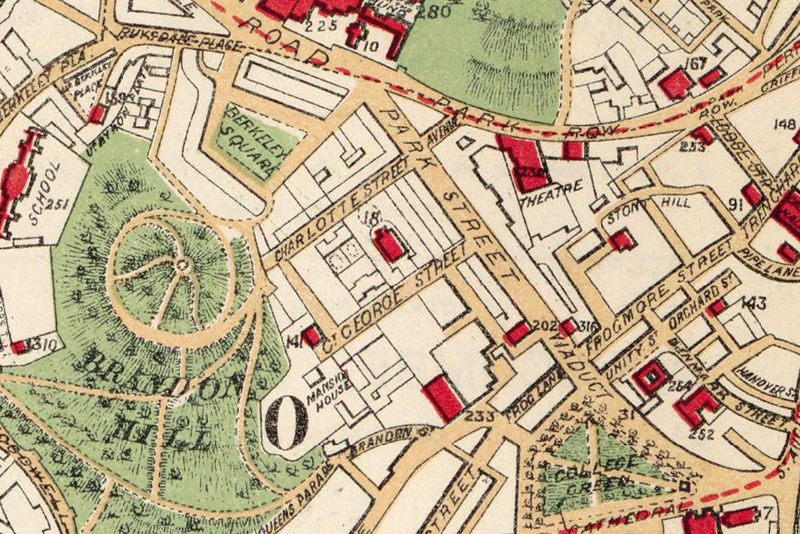By Prof Antonia Layard, Professor of Law (University of Bristol Law School).*
 Information about land is valuable, politically, fiscally and – increasingly – as geospatial data products ripe for commercial development. Since William the Conqueror’s Domesday Book was completed in 1086, politicians, campaigners and citizens have wanted to know who owns what. Taxation continues to matter but so does freedom of information. Microeconomics, for example, teaches us that a “free market” relies on symmetry of information: if one party knows more than another, the level playing field is distorted. Money laundering and terrorist financing justify the EU’s pursuit of registers of beneficial ownership. Transparency campaigners argue that open and free data on land ownership is both a citizen’s right and that open registers improve efforts to crack down on tax avoidance. Although rights to privacy continue to resonate in English politics, particularly to beneficial ownership in trusts, the calls for transparency grow louder.
Information about land is valuable, politically, fiscally and – increasingly – as geospatial data products ripe for commercial development. Since William the Conqueror’s Domesday Book was completed in 1086, politicians, campaigners and citizens have wanted to know who owns what. Taxation continues to matter but so does freedom of information. Microeconomics, for example, teaches us that a “free market” relies on symmetry of information: if one party knows more than another, the level playing field is distorted. Money laundering and terrorist financing justify the EU’s pursuit of registers of beneficial ownership. Transparency campaigners argue that open and free data on land ownership is both a citizen’s right and that open registers improve efforts to crack down on tax avoidance. Although rights to privacy continue to resonate in English politics, particularly to beneficial ownership in trusts, the calls for transparency grow louder.
And yet, as these three stories about land secrecy show, we still struggle for information about land ownership and deals. While land registry data is publicly available it is held by estate, rather than being mapped cadastrally, giving a birdseye view of land ownership by presenting the boundaries of land ownership spatially. The paradoxical result, as MSP Andy Wightman has pointed out, is that it is easier to assemble cadastral information for previous generations, based on historical surveys (Domesday, the 1830-1840s Tithe Maps, The Return of Owners of Land from 1873-5 or the 1940s Farm Land Use mapping in England) than map land ownership today. Of course, transparency could be achieved at the stroke of a political pen to find out who owns England (story 1), to understand the extent and range of beneficial ownership of land (story 2) or to avoid the use of “redacting” in “viability assessments” to reduce the amount of newly built affordable housing (story 3). Yet – so far – there is a lack of political will to end ongoing secrecy about land ownership and land deals. (more…)

